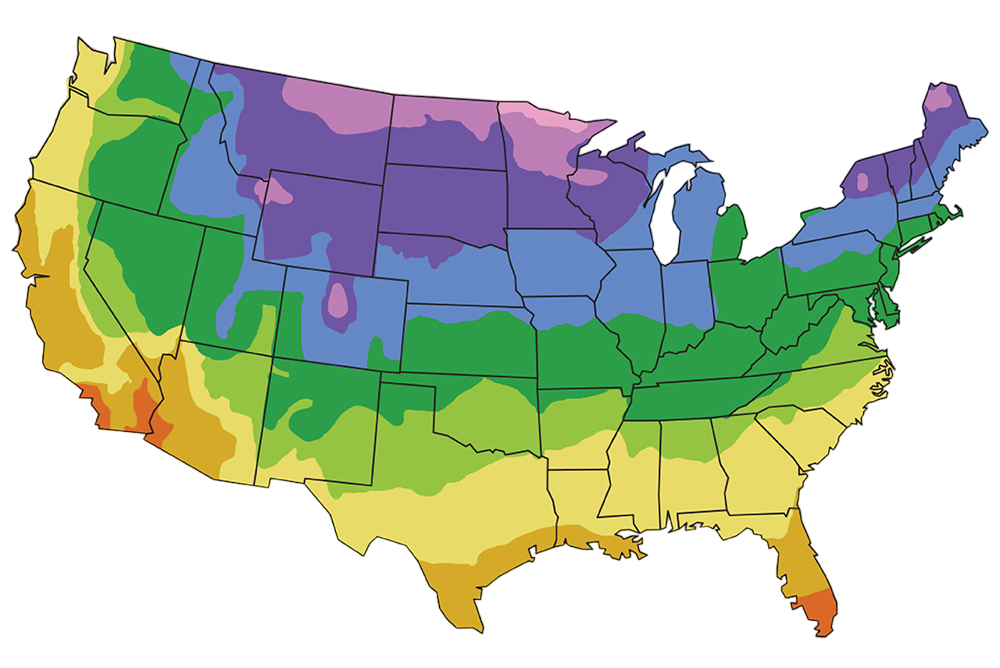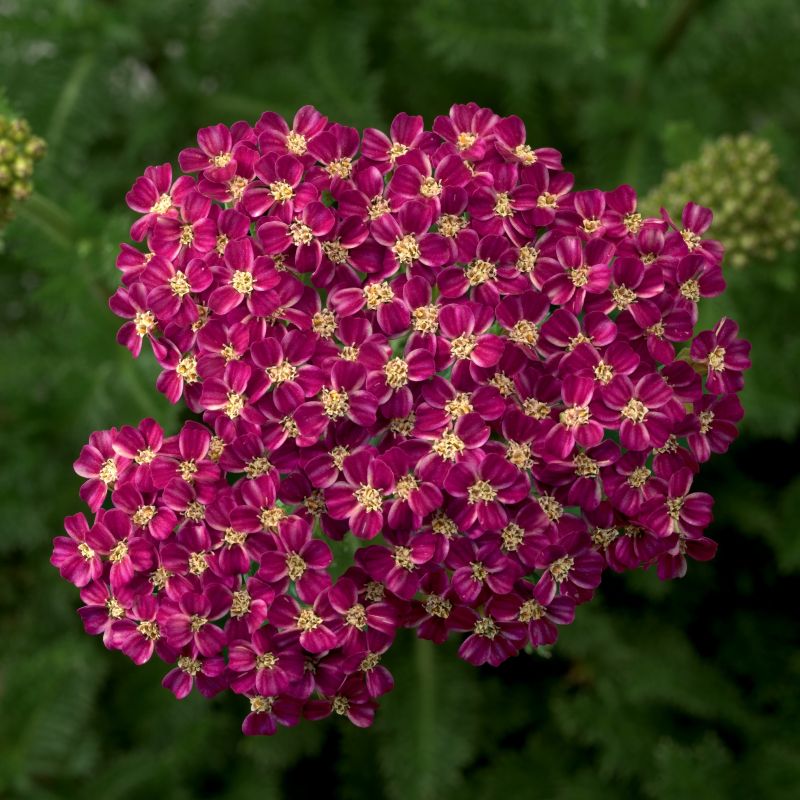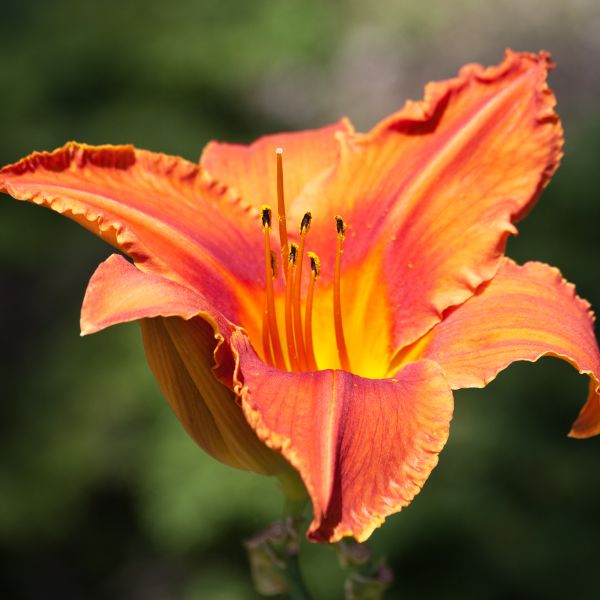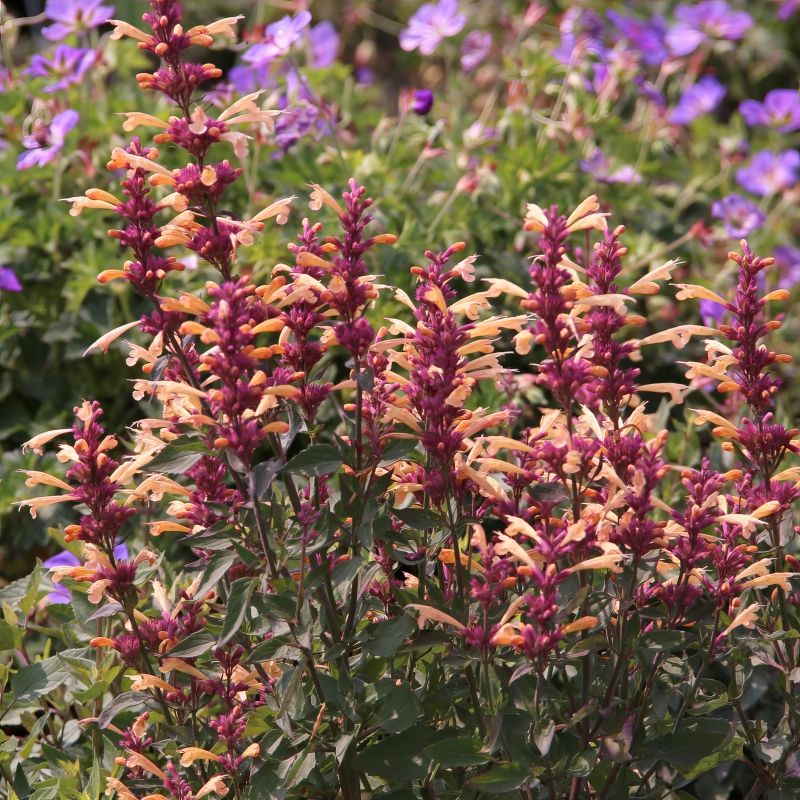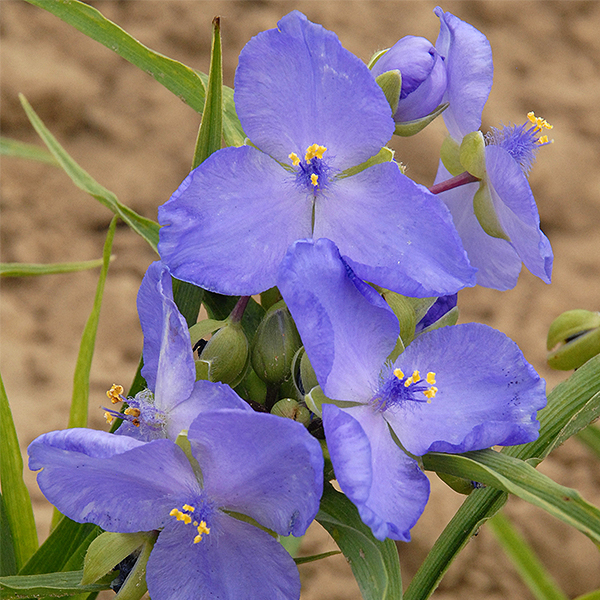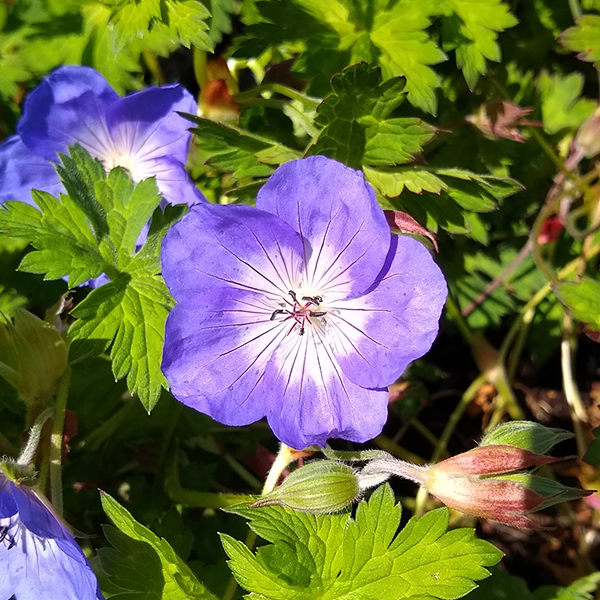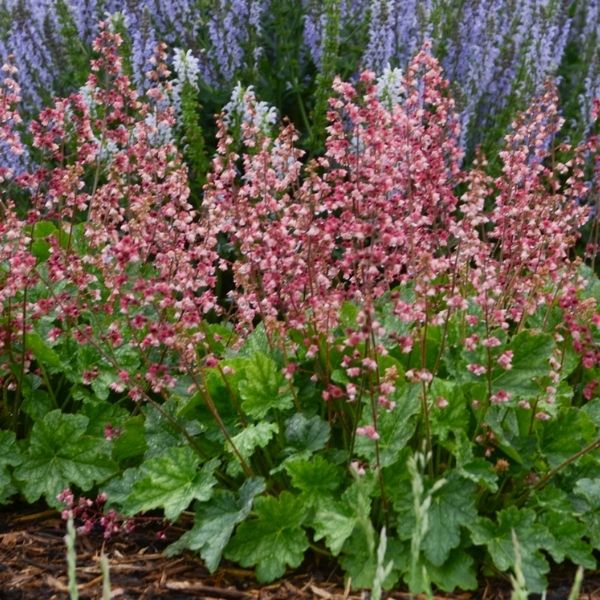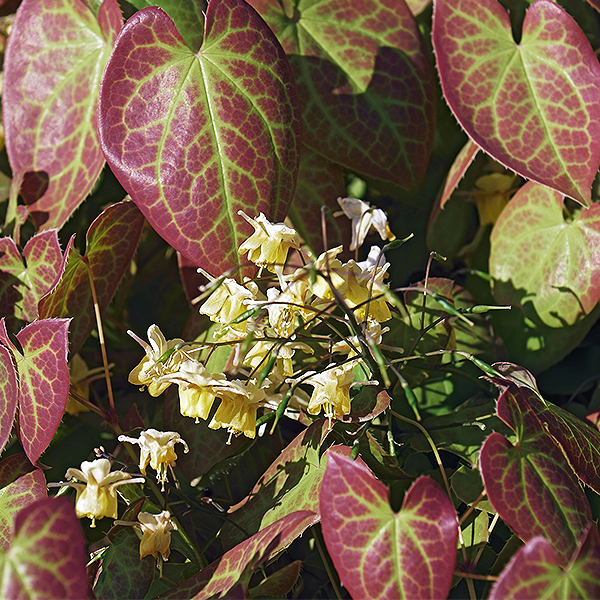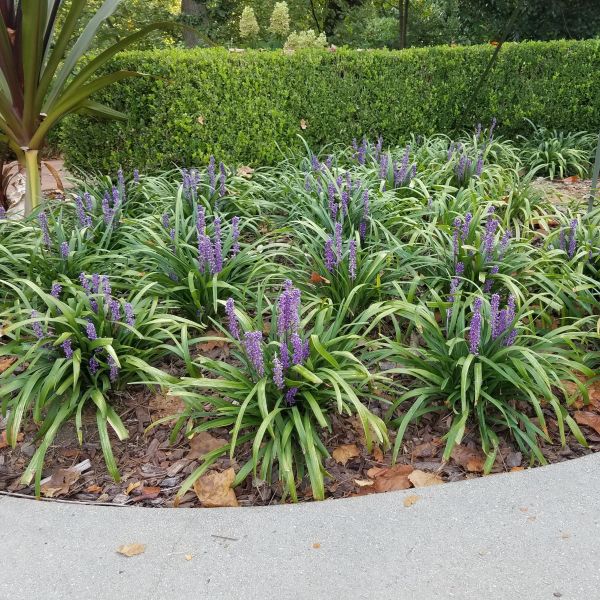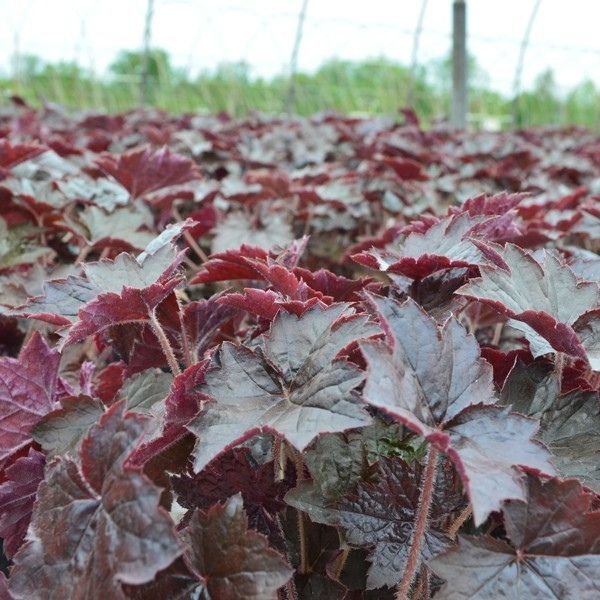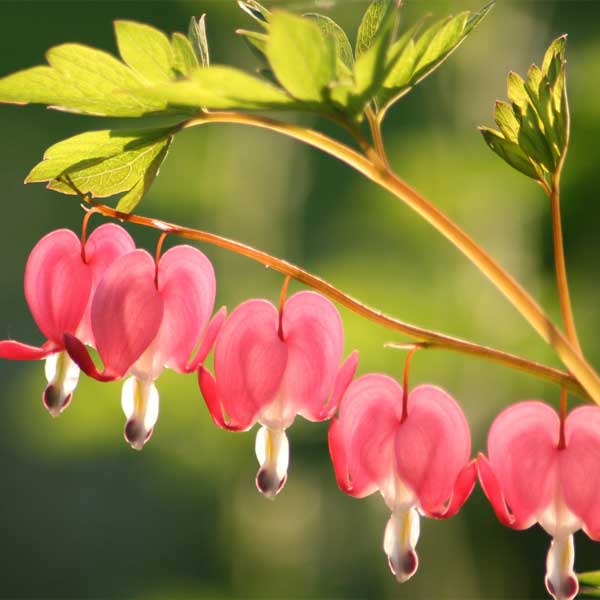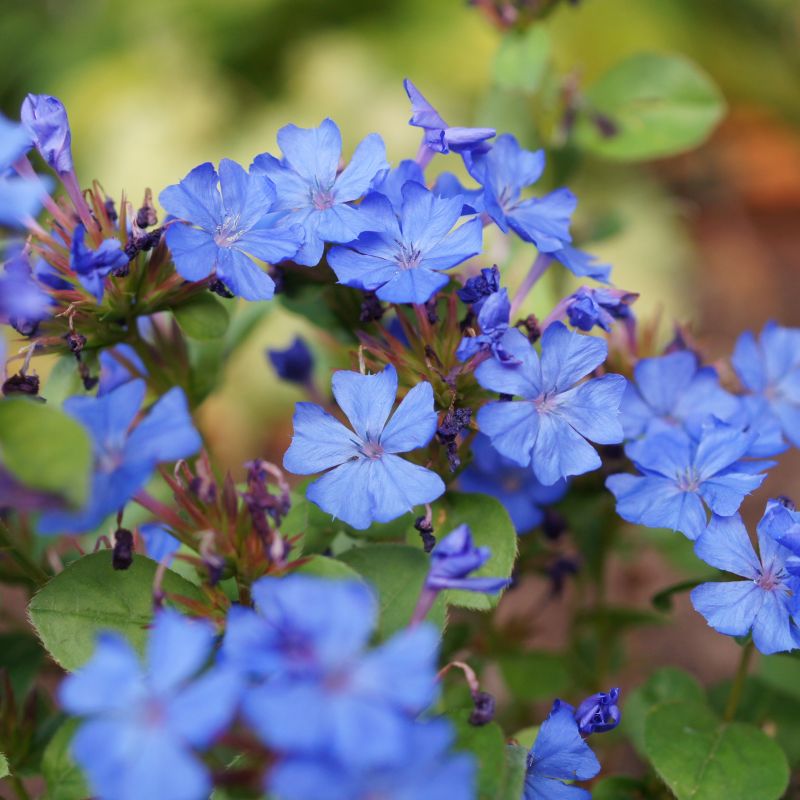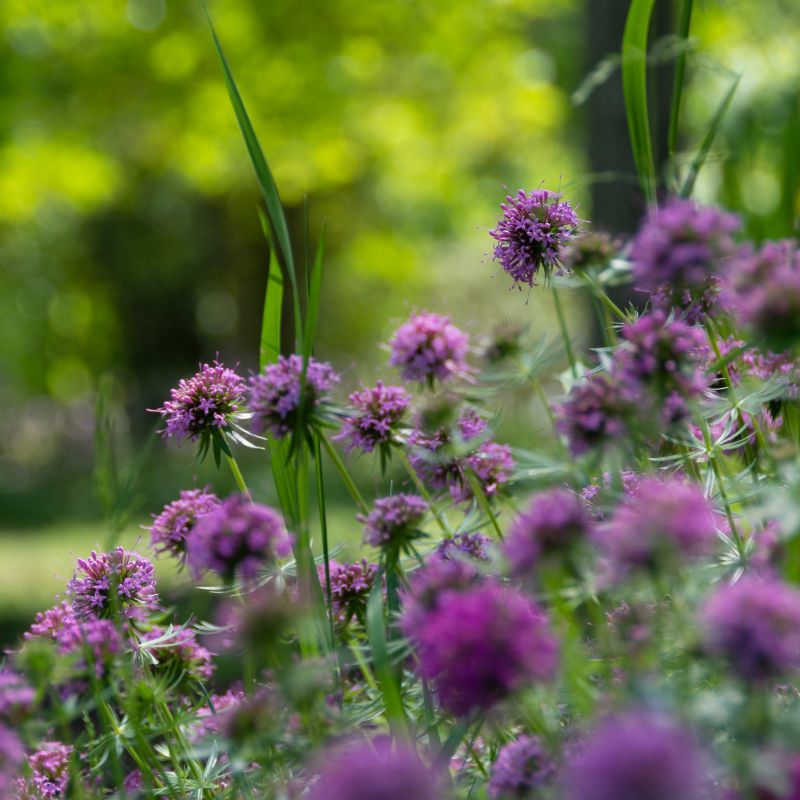

Balmy Purple Bee Balm
Monarda didyma 'Balbalmurp'
9 reviews
Balmy Purple Bee Balm
Monarda didyma 'Balbalmurp'
9 reviews
- 1 Gallon
- Premium 1 Gallon
We are sorry, product is currently out of stock due to seasonal availability. Please check the "Related plants available in your area" section below
Not just beautiful - intentionally selected by ShrubHub's 3D landscape design team to fit real-world spaces and maximize yard potential.
Why Balmy Purple Bee Balm?
Balmy Purple Bee Balm is a compact and colorful perennial that attracts pollinators such as bees and butterflies to the garden with its vibrant purple blooms. This variety is known for its mildew resistance and long blooming period, making it a low-maintenance addition to any garden. The aromatic foliage also adds a pleasant fragrance to the garden.
Related plants available in your area
Sunlight
Balmy Purple Bee Balm prefers full sun to partial shade, but will also thrive in full shade. It is important to provide at least 6-8 hours of sunlight per day to encourage blooming and maintain a healthy, vibrant plant.
Watering
Balmy Purple Bee Balm plants require regular watering, especially during dry periods. They prefer moist, well-drained soil and should be watered deeply at least once a week. Be sure to keep the soil evenly moist but not waterlogged to maintain healthy grow
Fertilizing
Balmy Purple Bee Balm benefits from a balanced fertilizer with a N-P-K ratio of 10-10-10 or similar. It is important to avoid over-fertilizing as this can lead to excessive foliage growth at the expense of flowers. Fertilize in early spring and again after
Balmy Purple Bee Balm (Monarda didyma 'Balbalmurp')
The Balmy Purple Bee Balm, also known as Monarda didyma 'Balbalmurp', is a stunning perennial plant that is native to North America. It is a member of the mint family and is popular for its beautiful purple blooms that attract bees, butterflies, and hummingbirds to the garden.
Features:
- Produces clusters of vibrant purple flowers
- Attracts pollinators like bees, butterflies, and hummingbirds
- Easy to grow and maintain
- Has a pleasant, minty fragrance
- Thrives in full sun to partial shade
- Great for borders, flower beds, and container gardens
Care Instructions:
To care for your Balmy Purple Bee Balm, make sure to plant it in well-draining soil and water regularly to keep the soil moist but not waterlogged. Deadhead the flowers to encourage continuous blooming and prune back the plant in early spring to promote new growth.
Planting Tips:
Plant the Balmy Purple Bee Balm in a location that receives at least 6 hours of sunlight per day. Space each plant about 12-18 inches apart to allow for proper air circulation and prevent powdery mildew. Consider adding a layer of mulch around the base of the plant to retain moisture and suppress weeds.
Bring the beauty and pollinator-friendly qualities of the Balmy Purple Bee Balm to your garden today!
Plant Information:
| Botanical Name: | Monarda didyma 'Balbalmurp' |
| USDA Zones: | 4 - 9 |
| Water: | Moderate to Low |
| Exposure: | Full Sun |
| Soil Needs: | Well-Drained |
| Mature Height: | 10 - 12 Inches |
| Mature Spread: | 8 - 10 inches |
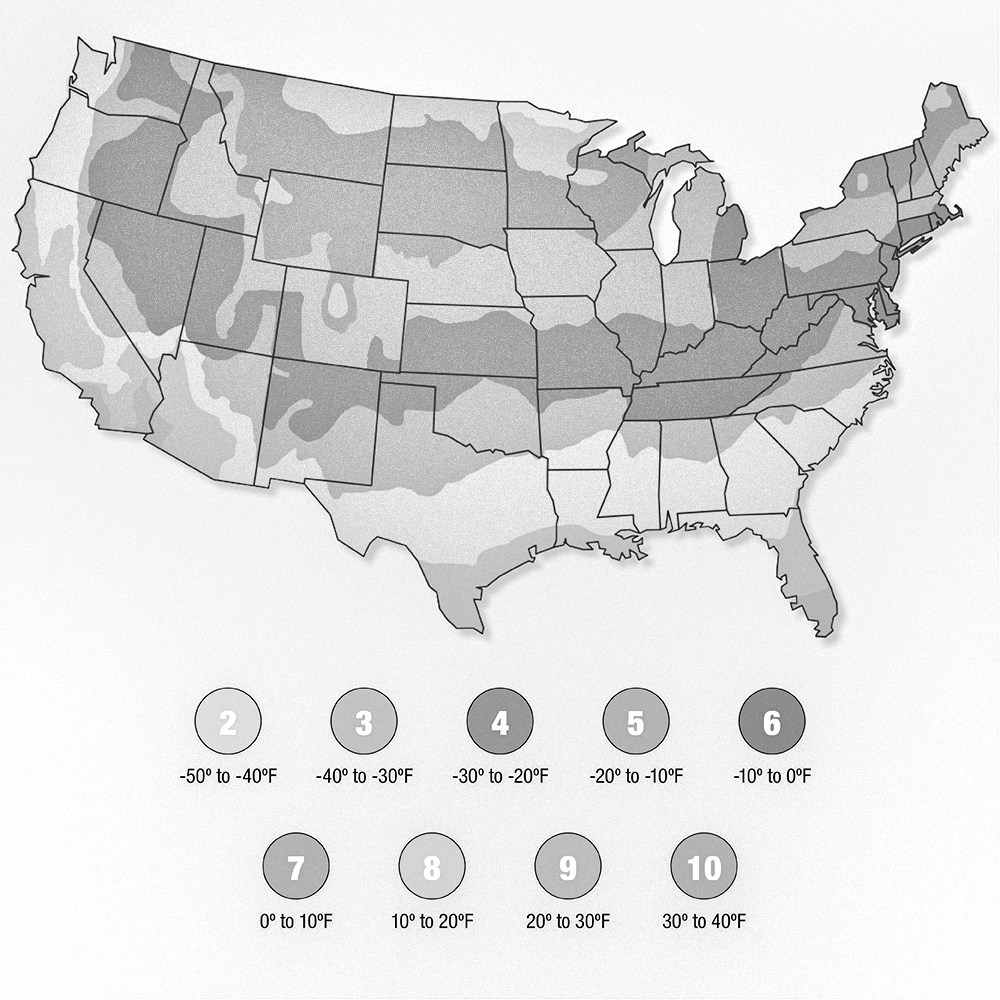
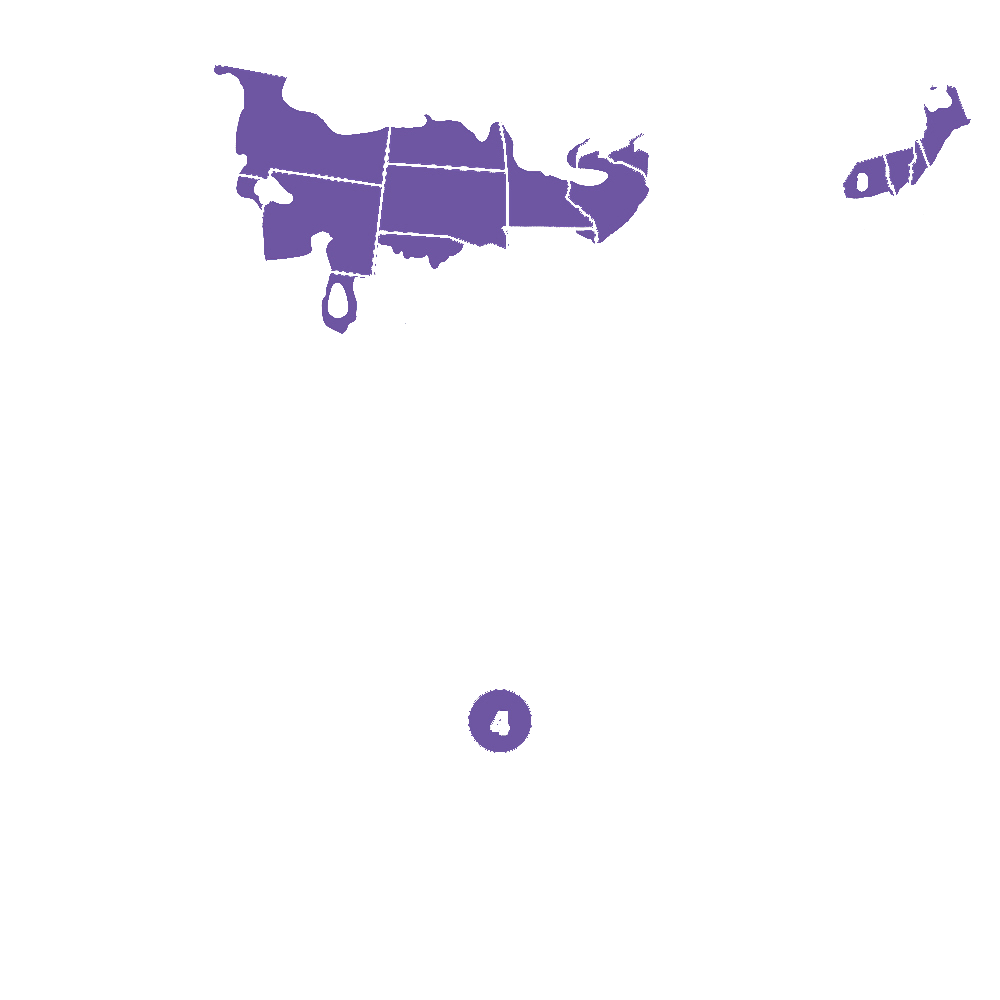
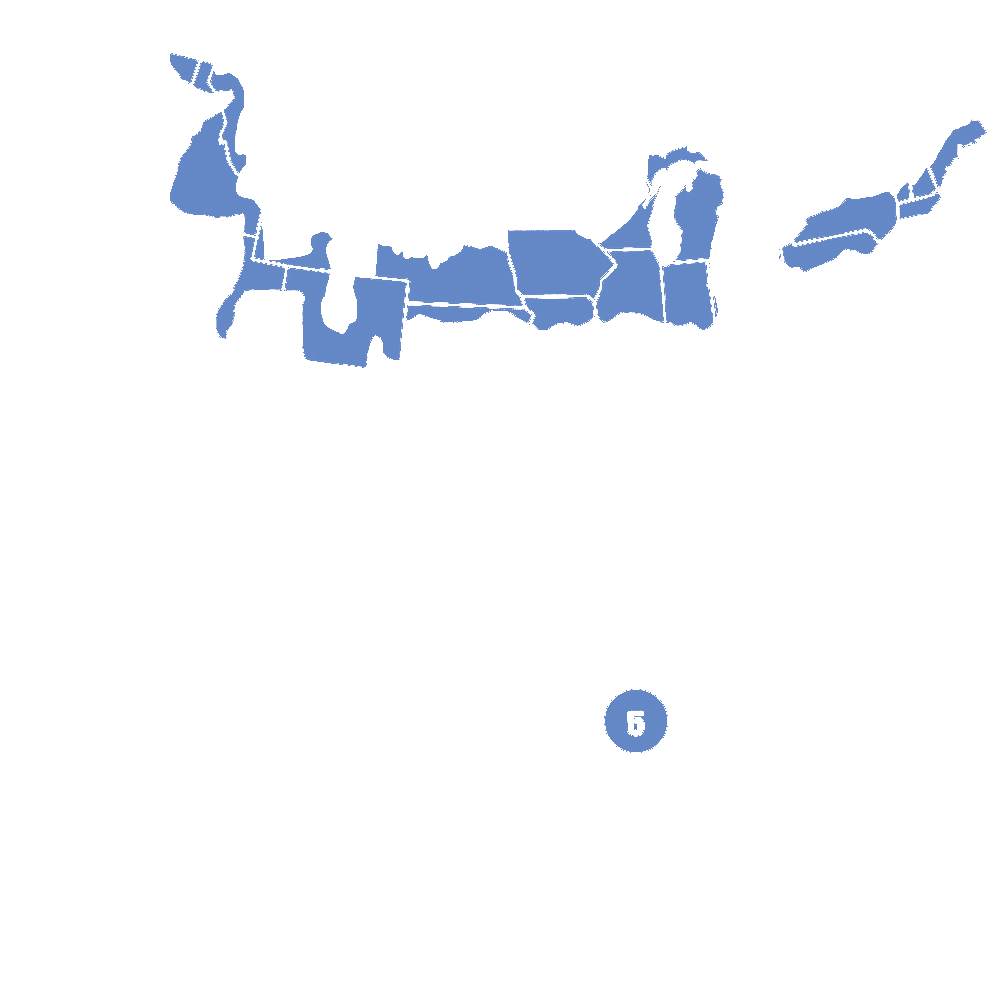
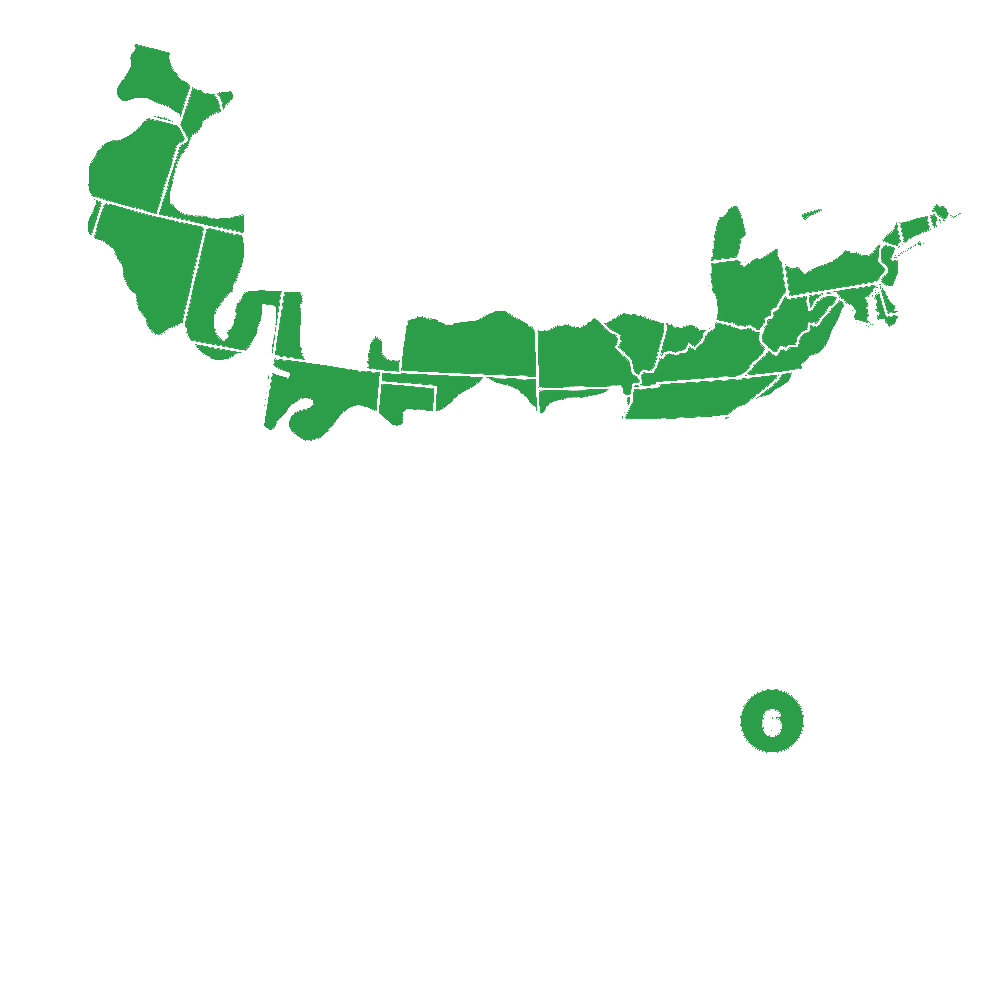
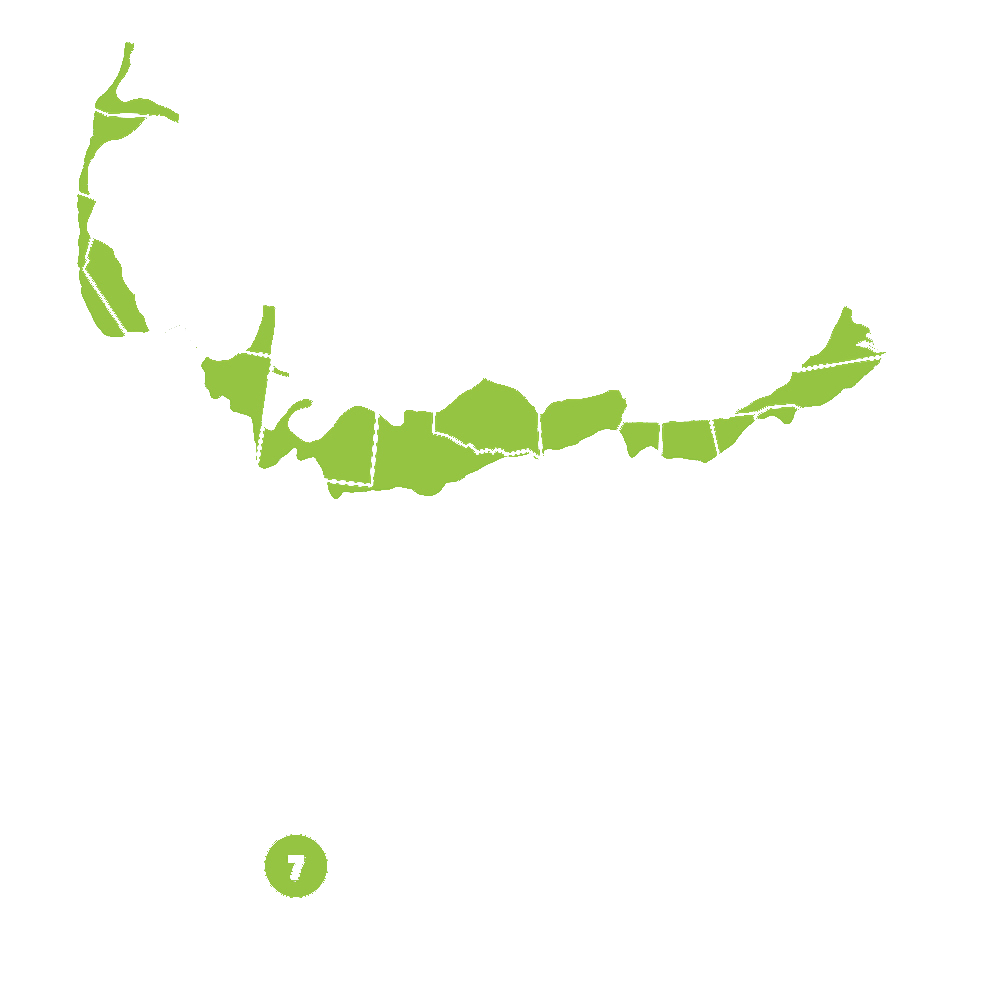

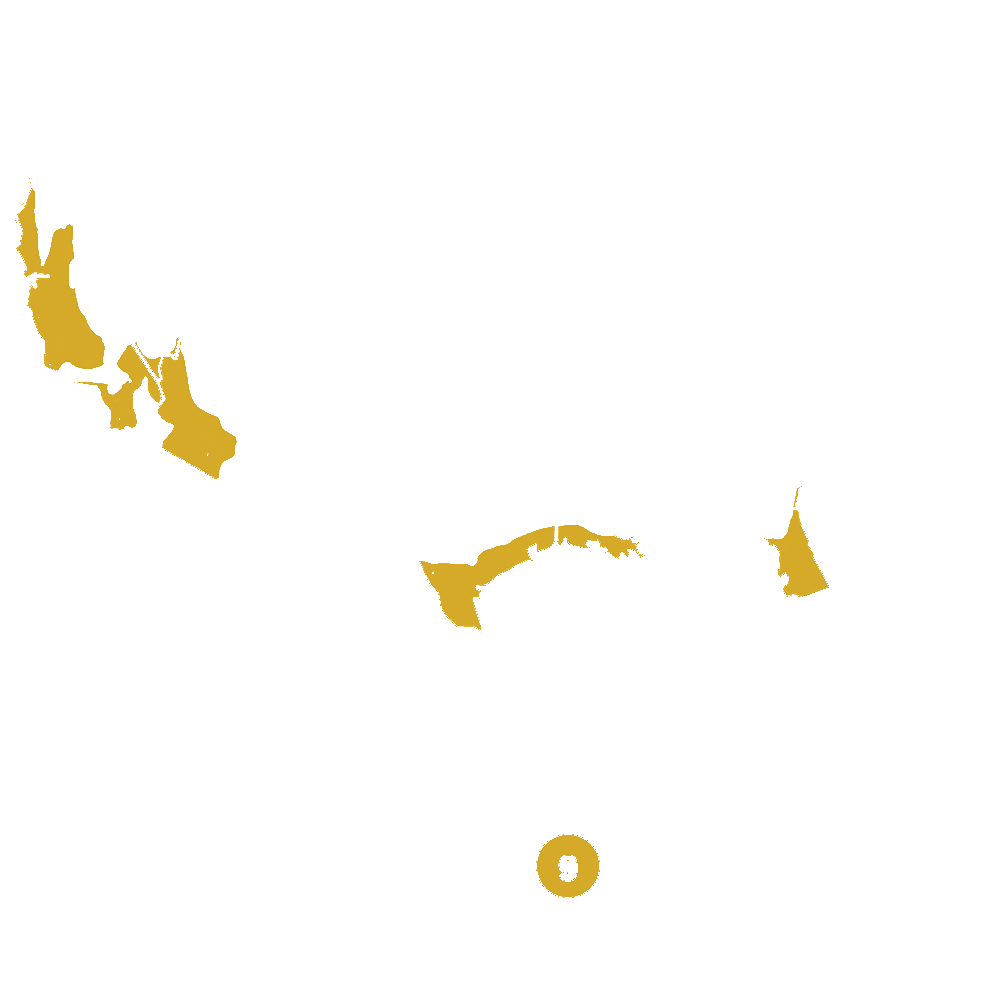
Pollination Info
Balmy Purple Bee Balm (Monarda didyma 'Balbalmurp') Pollination Information
Balmy Purple Bee Balm, also known as Monarda didyma 'Balbalmurp', is a beautiful perennial plant that attracts pollinators such as bees, butterflies, and hummingbirds to your garden. Here are some key points about pollination for this species:
- Pollinators: Balmy Purple Bee Balm is a magnet for bees, particularly bumblebees and other native species. It also attracts butterflies and hummingbirds, making it a great addition to a pollinator garden.
- Pollination Method: The flowers of Balmy Purple Bee Balm are tubular in shape, which makes them well-suited for pollination by long-tongued bees and hummingbirds. Butterflies are also able to access the nectar in the tubular flowers.
- Benefits of Pollination: By attracting pollinators to your garden, Balmy Purple Bee Balm helps to facilitate the transfer of pollen between flowers, promoting better fruit and seed set in nearby plants. This can lead to a healthier and more productive garden overall.
- Tips for Attracting Pollinators: Plant Balmy Purple Bee Balm in a sunny location with well-drained soil to ensure that it thrives and continues to attract pollinators. Avoid using chemical pesticides in your garden, as these can harm the very insects that you are trying to attract.
Overall, Balmy Purple Bee Balm is a fantastic choice for gardeners looking to attract pollinators to their outdoor space. Its striking purple flowers and ability to draw in bees, butterflies, and hummingbirds make it a valuable addition to any pollinator garden.
FAQ
Balmy Purple Bee Balm (Monarda didyma 'Balbalmurp') FAQs
1. What is Balmy Purple Bee Balm?
Balmy Purple Bee Balm (Monarda didyma 'Balbalmurp') is a perennial plant known for its vibrant purple flowers that attract bees and butterflies. It belongs to the mint family and is native to North America.
2. How do I care for Balmy Purple Bee Balm?
To care for Balmy Purple Bee Balm, plant it in well-draining soil in full sun to partial shade. Water regularly, especially during dry periods. Deadhead spent flowers to encourage continuous blooming.
3. When does Balmy Purple Bee Balm bloom?
Balmy Purple Bee Balm typically blooms in late spring to early summer, but its flowering period may vary depending on the local climate and growing conditions.
4. How tall does Balmy Purple Bee Balm grow?
Balmy Purple Bee Balm can grow up to 24-36 inches tall, with a spread of 18-24 inches. It forms clumps of foliage with upright stems bearing clusters of flowers.
5. Is Balmy Purple Bee Balm deer resistant?
While no plant is completely deer-proof, Balmy Purple Bee Balm is known to be deer resistant due to its aromatic foliage. However, hungry deer may still nibble on the plant if food is scarce.
6. Can I divide Balmy Purple Bee Balm?
Yes, Balmy Purple Bee Balm can be divided in early spring or fall to propagate and rejuvenate the plant. Simply dig up the plant, separate the clumps, and replant them in suitable locations.
7. How do I prevent powdery mildew on Balmy Purple Bee Balm?
To prevent powdery mildew, make sure to plant Balmy Purple Bee Balm in a location with good air circulation and avoid overhead watering. You can also use fungicides as a preventive measure.
8. Is Balmy Purple Bee Balm edible?
Yes, the leaves and flowers of Balmy Purple Bee Balm are edible and can be used to make herbal tea or add flavor to salads and desserts. They have a minty, citrusy taste.
Planting & Care
Planting & Care for Balmy Purple Bee Balm
Planting: Balmy Purple Bee Balm, also known as Monarda didyma 'Balbalmurp', should be planted in a location that receives full sun to partial shade. Choose a well-draining soil with medium to wet moisture levels.
Watering: Keep the soil consistently moist, especially during dry periods. Water deeply at the base of the plant to encourage deep root growth.
Fertilizing: Fertilize Balmy Purple Bee Balm in early spring with a balanced fertilizer. Avoid over-fertilizing as this can lead to leggy growth.
Pruning: Deadhead spent blooms to encourage continuous flowering throughout the season. Cut back the plant in late fall to promote healthy growth in the following year.
Pests & Diseases: Balmy Purple Bee Balm is susceptible to powdery mildew, a common fungal disease. Planting the bee balm in a location with good air circulation can help prevent this disease. Watch out for spider mites and aphids, which are common pests that can affect bee balm plants.
Check Out These Verified Customer Reviews:
Customer Reviews
4.9 out of 5 based on 9 reviews
Thank you! Your review has been submitted.
The item arrived in perfect condition. The packaging was secure and protected the product well.
I am impressed with the quality of the Balmy Purple Bee Balm. It is well-made and durable.
The shipment was quick and arrived earlier than expected. I appreciate the prompt service.
Item has been added to your cart.

